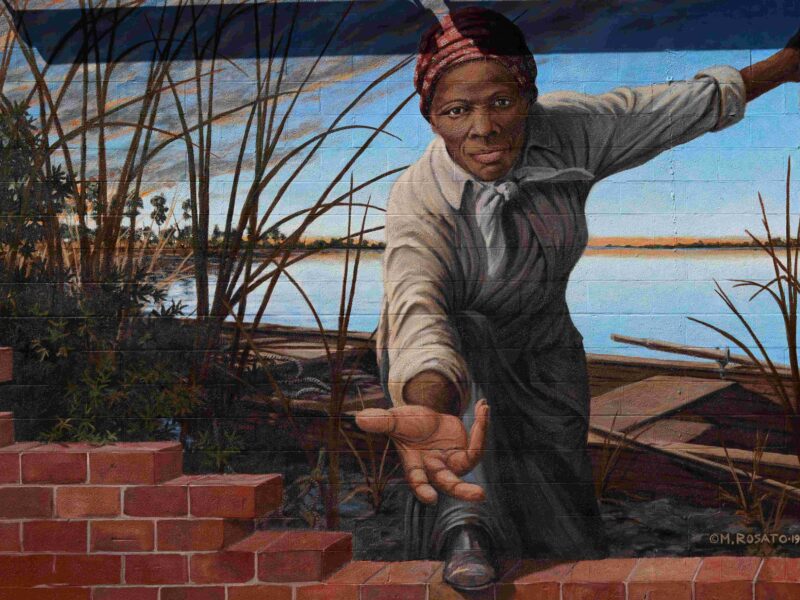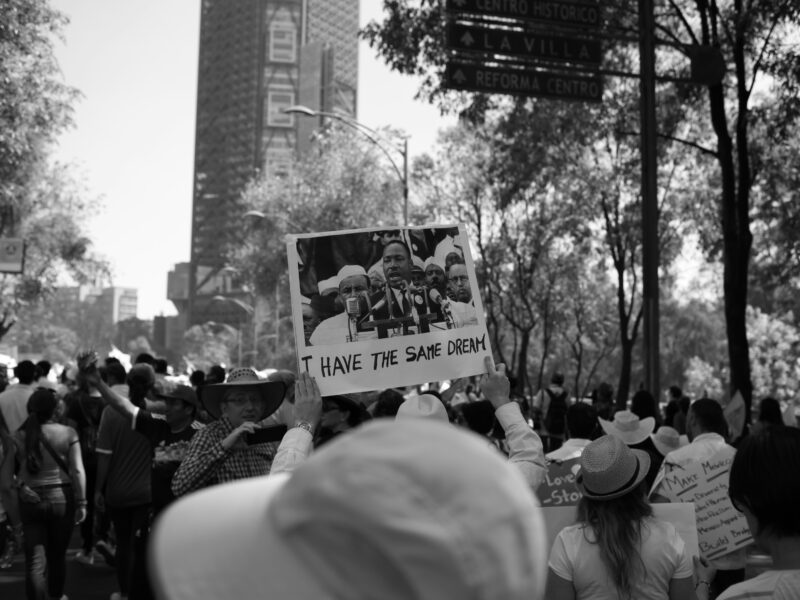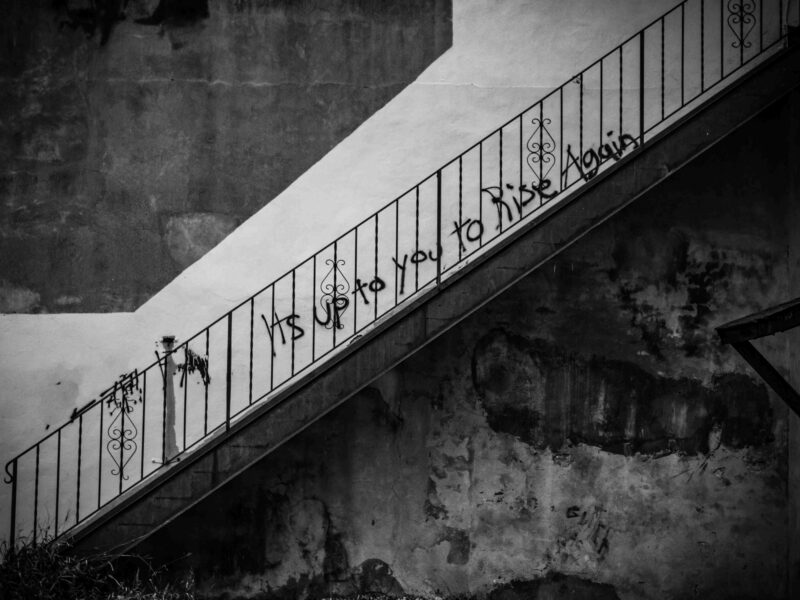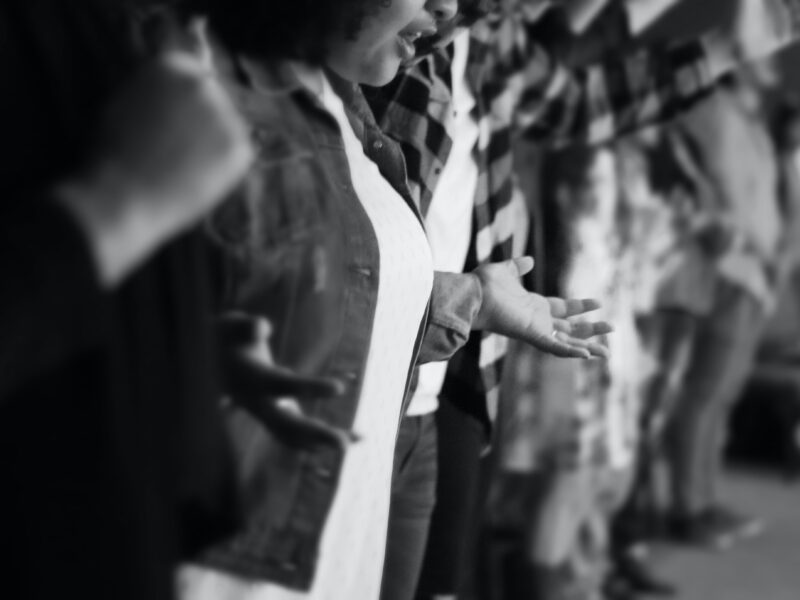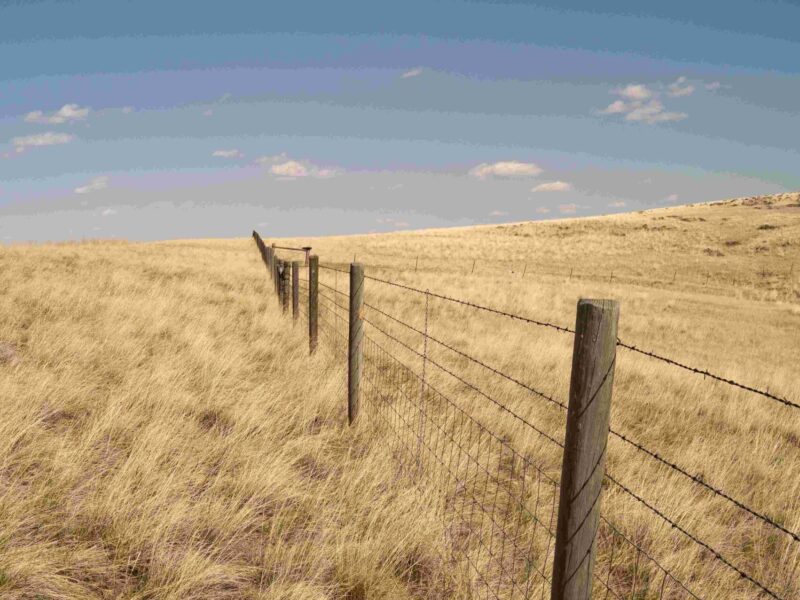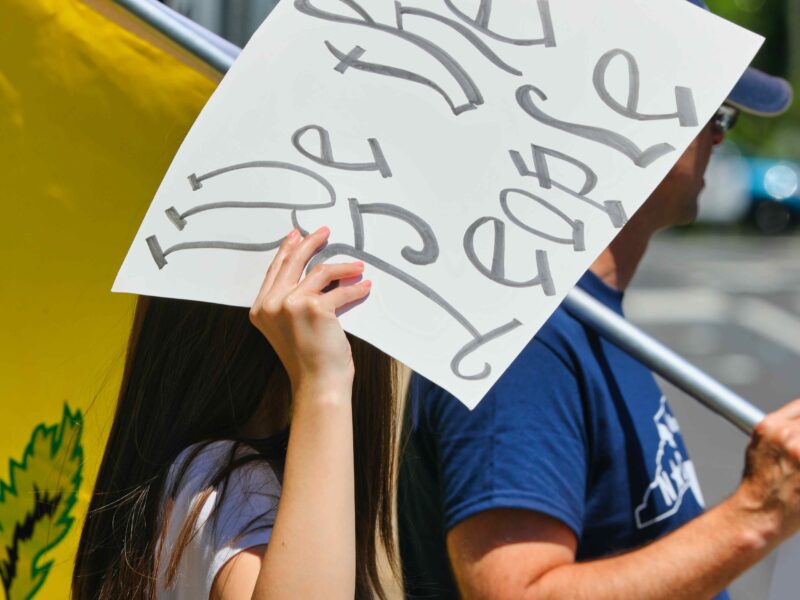More Information
“I choose to reflect the times and the situations in which I find myself. That, to me, is my duty. At this crucial time in our lives when everything is so desperate, when every day is a matter of survival, I don’t think you can help but be involved. How can you be an artist and not reflect the times? That, for me, is the definition of an artist.” – Nina Simone
Psalm 43:1-3
Justice, O God! Defend my cause
against a misguided people;
from those who are violent and prejudiced,
deliver me!
For you are the God in whom I take refuge;
why have you cast me off?
Why must I walk about mournfully
because of the oppression of the enemy?
O send out your light and your truth;
let them lead me;
let them bring me to your holy hill
and to your dwelling.
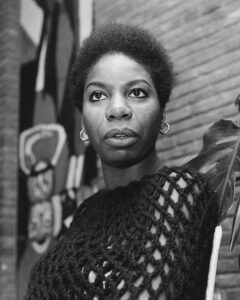
Raised in the Jim Crow south and deeply impacted by the ways anti-black racism constrained her dreams of becoming a concert pianist, Nina Simone had an already well-established career as a vocalist and performer by the time the Southern Freedom Movement (known by some as the Civil Rights Movement) was in full swing. In the early 1960’s, Simone crossed paths with other artists exploring the connections between their art and activism, like James Baldwin and Langston Hughes, as well has her dear friend, playwright Lorraine Hansberry, and performed benefit concerts for Freedom Movement organizations like the Congress of Racial Equality (CORE) and the Student Nonviolent Coordinating Committee (SNCC). But it was the bombing of the 16th Street Baptist Church by white supremacists in September 1963, killing Cynthia Wesley, Carole Robertson, Addie Mae Collins, and Denise McNair and severely injuring Sarah Collins (Rudolph), that urged Simone into a new layer of her activism: her own political songwriting.
Many biographers note that Simone wrote perhaps her most famous song, “Mississippi Goddam” in one hour, referencing in the song’s lyrics not only the church bombing, but also the murder of 14-year-old Emmett Louis Till in 1955 and the assassination of Freedom Movement organizer Medger Edvars in 1963. The song juxtaposes an almost rollicking piano undergirding with unabashed truth-telling, giving voice to the grief, anger and exasperation of generations of people of African descent in the US who had been told to “go slow” in the struggle for racial justice. Simone continued to find ways to use her extraordinary creative and performative gifts in service of the movement with other original protest songs like “Old Jim Crow,” “Why (The King of Love is Dead)” for Martin Luther King, Jr., and “I Wish I Knew How It Would Feel to Be Free.” But, she also knew that Black liberation was more than a struggle against racism. Songs like “Four Women” and “To Be Young, Gifted and Black” offered visions of a world where children and adults of African descent would fully know dignity, flourishing, and freedom.
May we discover ways to continue Nina Simone’s legacy as people of faith striving to use our creative gifts and cultural knowledge to contribute to movements, as together we struggle against injustice and cast visions of the future God dreams for all of us.
Prayer
Righteous God, revealed to us in both sacred rage and in divine affirmation,
we thank you for the witness of our movement ancestor Nina Simone.
For her relentless truth-telling, praise.
For her impassioned lament, mercy.
For her celebration of blackness, bless.
For her creative persistence, gratitude.
Open our hearts to the ways we, too, are called to hold together grief and anger,
dignity and dreaming in our movements toward collective liberation.
Until we can sing because we know how it feels to be free, we pray. Amen.
Learn more about Nina Simone
Read
- “A Raised Voice: How Nina Simone turned the Movement into Music” by Claudia Roth Pierpont
- Nina Simone from the National Museum of African American History and Culture
- The High Priestess of Soul: Nina Simone from the National Women’s History Museum
- I Put a Spell On You: The Autobiography of Nina Simone by Nina Simone and Stephen Cleary
Listen
- The High Priestess of Soul: Nina Simone in 5 Songs by David Brent Johnson
- In History: Nina Simone on How Racial Injustice Fueled Her Songs by Myles Burke, including recordings of BBC interviews with her throughout her life
- Nina Simone’s 20 Best Songs by Alexis Petridis
Watch
- What Happened, Miss Simone on Netflix
- Nina Simone – “Mississippi Goddam!” The Story Behind the Anthem
- Discover more films and live performances here.
